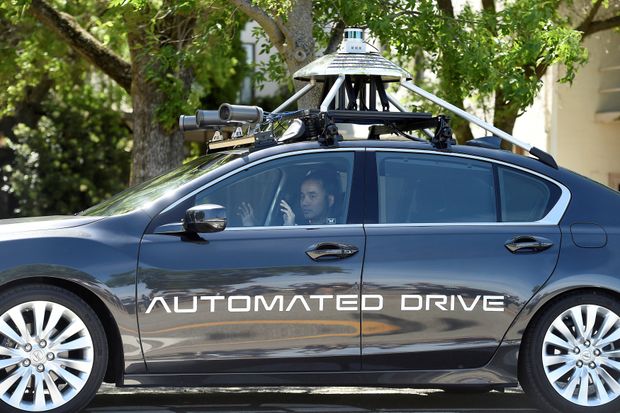
Roboticists are quick to point out that reality occurs much more slowly. Automation, instead, happens one small step at a time over the course of many years.
Such is the case with cars, which are on their way to becoming self-driving. But, as per the truism of robotic reality, it’s happening more gradually than some proponents may suggest. Also, the process has been under way for decades.
When it comes to vehicle autonomy, or a car’s ability to drive itself, the steps are generally represented as a scale comprised of six levels. The scale was developed by the U.S.-based Society of Automotive Engineers, an organization founded in 1905 that sets professional standards for the auto industry.
Here’s a guide to the SAE’s vehicle autonomy scale, along with the latest expert thinking on when the six levels either were achieved or might be.
LEVEL ZERO
Cars with some form of alert systems and limited automatic controls, such as lane departure warning and blind spot intervention, classify as level zero.
Such features are quite old. Lane departure warning, for example, has been around since the early 2000s. Blind spot intervention, where the car momentarily steers itself away from an oncoming vehicle, was first introduced nearly a decade ago.
Many started as options on luxury cars, but are gradually becoming standard throughout manufacturers’ lineups. Still, the majority of vehicles currently on the road are considered level zero and effectively have no ability to drive themselves.
LEVEL ONE
If the driver is controlling either the steering or the speed of the vehicle, but not necessarily the other, it’s level one.
Adaptive cruise control, where the car uses radar and other sensors to automatically maintain a constant speed in relation to the vehicle in front of it, is a good example. Parking assistance, where the car steers itself but the driver controls the speed, is another good example. Both were first introduced in the 1990s and are now becoming commonplace.